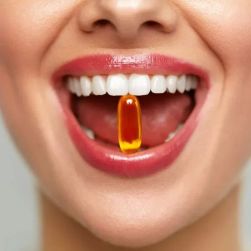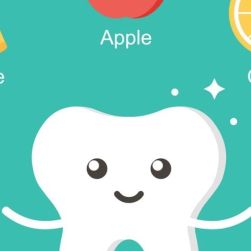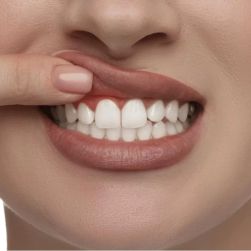How Does Chewing Sugar-Free Gum Help in Maintaining Oral Health?
For many people, maintaining oral health involves regular brushing, flossing, and visits to the dentist. However, the chewing of sugar-free gum is an often overlooked but effective addition to oral care routines. Sugar-free gum, unlike its sugary counterpart, can offer several health benefits for your teeth and gums. Widely available and convenient, this habit can support oral hygiene in ways you might not expect. Understanding how sugar-free gum functions to enhance oral health is key to leveraging its full benefits. This article will delve into the mechanisms through which sugar-free gum contributes to maintaining healthy teeth and gums, supported by data and professional opinions.
Stimulating Saliva Production
One significant benefit of chewing sugar-free gum is its ability to stimulate saliva production. Saliva plays a critical role in oral health, assisting in washing away food particles and neutralizing acids produced by bacteria in the mouth. According to the American Dental Association (ADA), the act of chewing increases the flow of saliva by up to 10 times the normal rate. This is particularly beneficial after meals when the mouth's pH can become more acidic. Increased saliva ensures that this acidity is reduced more rapidly, protecting enamel from potential erosion. Numerous studies have corroborated these findings, highlighting the importance of enhanced saliva flow in maintaining not only oral but also general health.
Neutralizing Acids and Reducing Plaque
Chewing sugar-free gum can help in neutralizing acids and reducing plaque buildup. The process of neutralizing acids is vital in preventing tooth decay and advancing oral health. Ingredients found in many sugar-free gums, such as xylitol, are not only sweeteners but also contribute to inhibiting bacterial growth. Xylitol, in particular, has been researched extensively and proven effective in reducing the incidents of cavities by starving and disrupting bacteria. A plaque is a sticky film that forms on teeth, and if not effectively managed, it can harden into tartar and lead to gum disease. Chewing sugar-free gum helps minimize plaque formation, acting as a preventive measure in daily oral care.
Complementing Dental Hygiene Routine
While sugar-free gum is not a replacement for brushing and flossing, it can complement traditional dental hygiene practices. For instance, gum can be chewed after meals, especially when brushing is impractical, such as when at work or traveling. The ADA endorses chewing sugar-free gum for about 20 minutes after eating, as this can complement brushing and flossing. Chewing as part of a complete dental care routine can fill in gaps when conventional methods are hard to apply, providing a practical option for staying proactive with oral health. Testimonials from dentists often emphasize this adjunct benefit, noting that patients who incorporate gum into their routines see improvements in oral health.
Psychological and Behavioral Benefits
Beyond physical health, chewing gum also offers psychological and behavioral benefits. Studies suggest that the act of chewing itself can reduce stress and improve focus and concentration. This might indirectly benefit oral health, as reduced stress can lead to healthier habits and attentiveness toward personal health care routines, such as [Dentistry Toothtruth](https://dentistry-toothtruth.com). People often turn to sugar-free gum as a healthier alternative to snacks, thus reducing sugar intake, which further diminishes the risk of cavities. These behavioral benefits, while seemingly minor, contribute to a broader spectrum of wellbeing, reinforcing oral health practices.
Potential Challenges and Considerations
Despite the benefits, it's important to acknowledge potential considerations when using sugar-free gum. Some individuals might be sensitive to artificial sweeteners like aspartame or xylitol used in these gums. It's vital to choose the right kind that accommodates one's dietary and health needs. Additionally, excessive chewing could lead to issues such as jaw discomfort or temporomandibular joint disorders. As such, moderation and consultation with dental professionals are advised to maximize benefits while mitigating risks.
Conclusion
In conclusion, chewing sugar-free gum is an advantageous practice that can significantly contribute to maintaining oral health. Its role in stimulating saliva production, neutralizing harmful acids, reducing plaque formation, and complementing daily dental care routines is well-documented and endorsed by dental professionals. By addressing not only physiological but also psychological aspects, the regular use of sugar-free gum can become an effective component of oral health strategy. For those interested in optimizing their oral hygiene, considered use of sugar-free gum, as part of a comprehensive oral care routine, can provide tangible benefits. Next time you reach for a piece of gum, remember that this small habit can have substantial impacts on your oral health journey.






